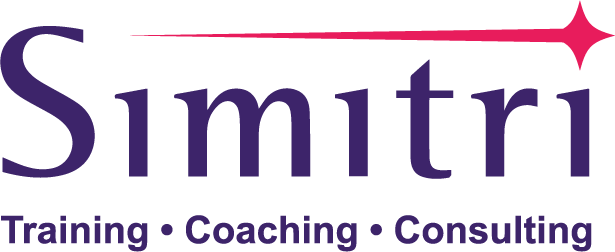ANY BUSINESS LEADER must learn early on that constant change is a fact of corporate life. Business Success depends on accepting that market conditions are never static. So, one of the prime skills for any CEO, division head or project co-ordinator is the ability to manage change effectively.

